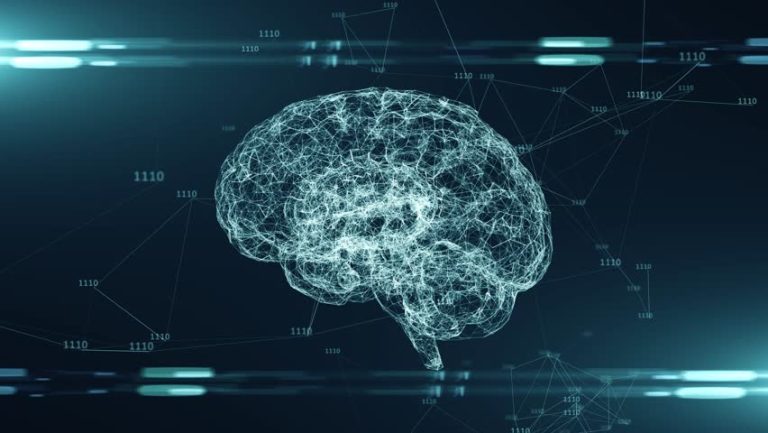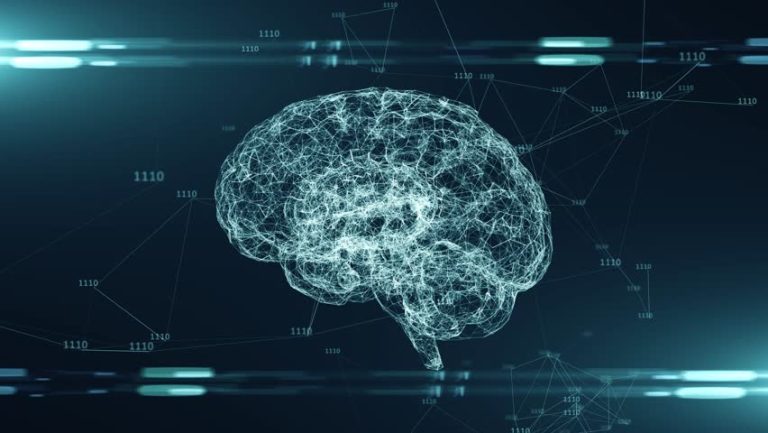
In today’s fast-paced digital landscape, content creation has become a cornerstone of marketing, journalism, and entertainment. With the rise of artificial intelligence (AI), the way we produce and consume content is undergoing a seismic shift. AI content generators are at the forefront of this transformation, offering tools that can streamline the creative process, enhance productivity, and even spark new forms of expression. This guide will explore how these tools work, their impact on the industry, and why they matter for creators and consumers alike.
What Are AI Content Generators?
AI content generators are software applications powered by artificial intelligence that can create written, visual, or audio content with minimal human input. These tools use advanced algorithms, such as natural language processing (NLP) and machine learning, to analyze data, understand context, and generate content that mimics human creativity. From blog posts and social media updates to video scripts and music compositions, AI content generators are reshaping the boundaries of what is possible in content creation.
Key Features of AI Content Generators
- Natural Language Generation (NLG): This technology allows AI to produce text that reads like it was written by a human. Tools like GPT-3.5 and others use NLG to craft coherent, engaging content based on user prompts.
- Data Analysis: AI can quickly process large volumes of data to identify trends, patterns, and insights that inform content creation. This helps in crafting more targeted and effective content.
- Automation: By automating repetitive tasks such as research, writing, and editing, AI content generators save time and resources, allowing creators to focus on more strategic aspects of their work.
- Customization: Many AI tools offer customization options, enabling users to tailor content to specific audiences, platforms, or styles. This flexibility ensures that the generated content resonates with the intended audience.
How AI Content Generators Work

The inner workings of AI content generators are complex but fascinating. At their core, these tools rely on machine learning models trained on vast datasets of existing content. Here’s a breakdown of the key processes involved:
1. Training Data
AI content generators are trained on extensive datasets comprising books, articles, websites, and other forms of content. This training allows the models to learn the structure, syntax, and style of various types of writing. For example, GPT-3.5 is trained on a diverse range of texts, enabling it to generate content that is both accurate and contextually appropriate.
2. Natural Language Processing (NLP)
Once trained, the AI uses NLP to understand and interpret the input provided by users. This involves breaking down the input into meaningful components, identifying the intent behind the request, and generating a response that aligns with the user’s needs.
3. Content Generation
After understanding the input, the AI generates content using the learned patterns and structures from its training data. This process involves selecting the most relevant information, organizing it coherently, and presenting it in a format that meets the user’s requirements.
4. Feedback Loop
Many AI content generators incorporate a feedback loop, where users can refine the generated content by providing additional input or corrections. This iterative process helps improve the quality and relevance of the output over time.
Benefits of Using AI Content Generators

The adoption of AI content generators offers numerous benefits for creators, businesses, and organizations. Here are some of the most significant advantages:
1. Time and Cost Efficiency
One of the most compelling benefits of AI content generators is their ability to save time and reduce costs. By automating the content creation process, these tools allow creators to produce high-quality content quickly and efficiently. This is particularly beneficial for businesses that need to maintain a consistent online presence without the need for a large team of writers.
2. Enhanced Creativity
While AI may not replace human creativity, it can certainly augment it. AI content generators can provide inspiration, suggest ideas, and help overcome writer’s block. By analyzing existing content and identifying trends, these tools can help creators develop fresh and innovative ideas that resonate with their audience.
3. Consistency and Quality
AI content generators ensure consistency in tone, style, and messaging across all content. This is especially important for brands that need to maintain a cohesive voice and image. Additionally, the quality of content generated by AI can be comparable to that produced by humans, thanks to advanced algorithms that prioritize clarity, coherence, and engagement.
4. Scalability
With AI content generators, it’s easy to scale content production to meet the demands of a growing audience. Whether it’s creating multiple blog posts, social media updates, or email newsletters, these tools can handle large volumes of content with ease. This scalability is crucial for businesses looking to expand their reach and engage with a broader audience.
Challenges and Limitations
Despite their many advantages, AI content generators are not without their challenges and limitations. It’s essential to be aware of these issues to make informed decisions about their use.
1. Lack of Human Touch
One of the primary concerns with AI-generated content is the lack of a human touch. While AI can produce grammatically correct and coherent text, it often lacks the emotional depth, nuance, and creativity that human writers bring to their work. This can result in content that feels generic or impersonal, which may not resonate with audiences.
2. Ethical Considerations
The use of AI in content creation raises ethical questions, particularly regarding authorship, originality, and intellectual property. There is also the risk of AI generating content that is biased, misleading, or harmful. It’s crucial for creators to review and edit AI-generated content to ensure it aligns with ethical standards and does not perpetuate misinformation.
3. Dependence on Data Quality
The effectiveness of AI content generators depends heavily on the quality of the training data they receive. If the data is biased, incomplete, or outdated, the resulting content may reflect these flaws. This highlights the importance of curating high-quality datasets and regularly updating them to ensure accuracy and relevance.
4. Technical Limitations
While AI content generators have come a long way, they still have technical limitations. For instance, they may struggle with complex topics, idiomatic expressions, or culturally specific references. These limitations can affect the accuracy and appropriateness of the content generated, requiring human oversight to ensure quality.
The Future of AI Content Generators
As AI technology continues to evolve, so too will the capabilities of AI content generators. Here are some trends and developments to watch for in the future:
1. Improved Personalization
Future AI content generators will likely offer even greater levels of personalization, allowing creators to tailor content to individual preferences and behaviors. This could involve leveraging data analytics to create hyper-targeted content that resonates with specific audiences.
2. Enhanced Collaboration
AI content generators may become more collaborative, working alongside human creators to co-create content. This partnership could lead to more innovative and dynamic content that combines the strengths of both AI and human creativity.
3. Integration with Other Technologies
As AI becomes more integrated with other technologies, such as virtual reality (VR) and augmented reality (AR), we may see new forms of content creation that blend digital and physical experiences. This could open up exciting possibilities for immersive storytelling and interactive content.
4. Increased Accessibility
AI content generators are likely to become more accessible, with user-friendly interfaces and affordable pricing models. This democratization of content creation could empower a wider range of individuals and small businesses to produce high-quality content without the need for extensive resources.
Conclusion
AI content generators are revolutionizing the way we create and consume content. By leveraging advanced technologies, these tools offer a range of benefits, including time and cost efficiency, enhanced creativity, and scalability. However, it’s essential to recognize the challenges and limitations associated with their use, such as the lack of a human touch and ethical considerations. As AI continues to evolve, the future of content creation looks promising, with opportunities for collaboration, personalization, and innovation. Whether you’re a content creator, marketer, or business owner, embracing AI content generators can help you stay ahead in an ever-changing digital landscape.






